Fine motor development can be hindered for a variety of reasons including injury, illness, and congenital deformities. An infant or child up to age five who is not developing new fine motor skills for that age may have a developmental disability. Symptoms of impaired fine motor development may begin to be evident by age two and are often associated with conditions such as cerebral palsy, intellectual disability, blindness, deafness, and diabetes.
Signs of delayed fine motor skills can include the failure to develop the skills of reaching and transferring objects from hand to hand by six months, using a raking grasp by eight months, using a mature pincer grip by one year, and when the child has not established the skill of pointing by their first birthday.
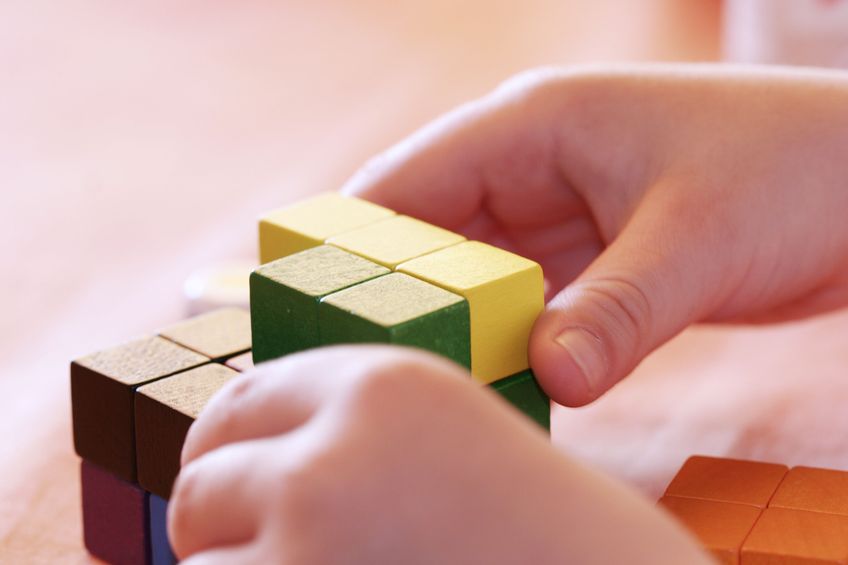
Other symptoms usually appear during the pre-school or grade school years. These may include:
- having difficulty grasping and releasing objects in a controlled manner, holding small objects
- struggling to catch and throw a ball
- difficulty riding a bicycle and/or playing sports.
Children who are having a hard time buttoning and zipping their clothes when dressing may also be experiencing delayed fine motor development.
Often children with delayed fine motor development may be described as clumsy. These children have difficulty coordinating their movements, especially with their hands and fingers. In school, a child who has fine motor difficulties may demonstrate a clumsy pencil grasp and have difficulty with the skills of writing, colouring and cutting. They also may dislike completing mazes and dot-to-dot activities. Problems copying from the blackboard in class may also be an indication of delayed fine motor development.
Who Can Help?
Children with any one or a combination of these symptoms should be seen by a developmental pediatrician who specializes in motor skill development delays. Children who lose previously acquired motor skills should also be seen by a specialist.
A referral to an Occupational Therapist with a strong focus in the area of pediatric occupational therapy may be necessary to help address any pressing concerns. Occupational Therapy targets the underlying cause, promotes coordination and teaches children how to compensate for impaired movements ultimately enabling them to utilize their hands and fingers to the best of their ability.

Helpful Suggestions
Sometimes children need some assistance in developing their fine motor skills. For these children, parents need to go that extra mile and use certain strategies to help facilitate this development. The following are some creative and practical play activities that promote fine motor development.
As infants, the movements of arms are random and their grasp is a reflex. As babies develop, they gain more control over their arms & progress from reaching with both hands to reaching with one hand. Voluntary movement emerges & babies become capable of grasping & holding objects. Developing your baby’s fine motor skills can be as simple as having fun and playing using some of the activities listed below.
| Infants | |
| Sensory Play |
|
| Hand Play |
|
| Self-help |
|
As a child reaches twelve months old, he begins to move fingers independently of other fingers. The activities below can be implemented to promote a child’s control over their hands and fingers.
| Toddlers | |
| Pointing and Poking |
|
| Hammering and banging |
|
| In and out |
|
| Apart and together |
|
| Sensory play |
|
| Self Help |
|
In the pre-school years, a child’s fine motor skills become more sophisticated as they learn more precise movements. At this stage, your child is preparing for the fine motor challenges of the school years. Parents can help by providing these activities.
| Pre-school aged Children | |
| Practical play |
|
| Play Tasks |
|
| Expressive art activities |
|
| Arts and Crafts |
|
| Self-help |
|
Children encounter many new challenges as they begin school. It is at this time that they learn to write and develop fine motor skills needed to ensure participation and success in school activities. Giving you child opportunities to do the activities listed below will help them develop their “pencil” grasp and eye-hand coordination.
| School-aged Children | |
| Manipulative Tasks |
|
| Dexterity Tasks |
|
| Arts and Crafts |
|
| Multi-sensory visual motor activities |
|
| Writing |
|
| Self-help |
|
It is important that parents, educators and caregivers remember that building fine motor skills in children should be fun for both the child and the attending adult. During activities, a simple ‘high five’ provides encouragement and motivation for your child and empowers you as a parent by taking an active role in your child’s development.
By Kris Borja, Occupational Therapist, THK Therapy Services.
Kris Edward is a Paediatric Occupational Therapist who earned his Bachelor of Occupational Therapy degree at the University Of Santo Tomas – College Of Rehabilitation Sciences in the Philippines. He joined the team at THK Therapy Services (formerly known as The Children’s Therapy Centre) in February 2012. Kris is a compassionate and devoted therapist who provides intervention for children with special needs and their families.
This article was first published in The New Age Parents e-magazine.
* * * * *
If you find this article useful, do click Like and Share at the bottom of the post, thank you.
Want to be heard 👂 and seen 👀 by over 100,000 parents in Singapore? We can help! Leave your contact here and we’ll be in touch.










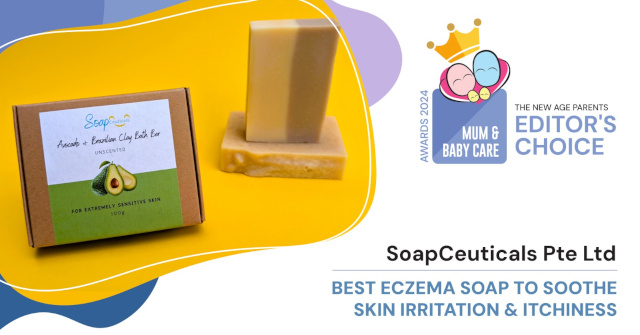

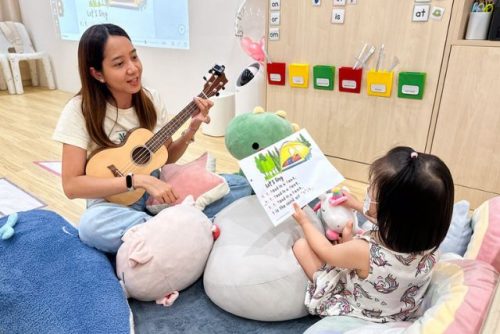

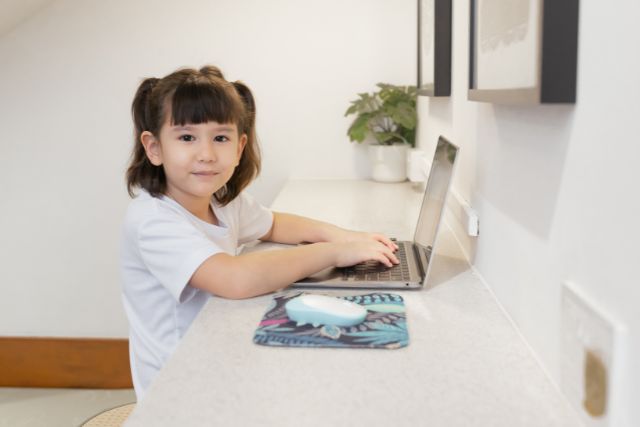


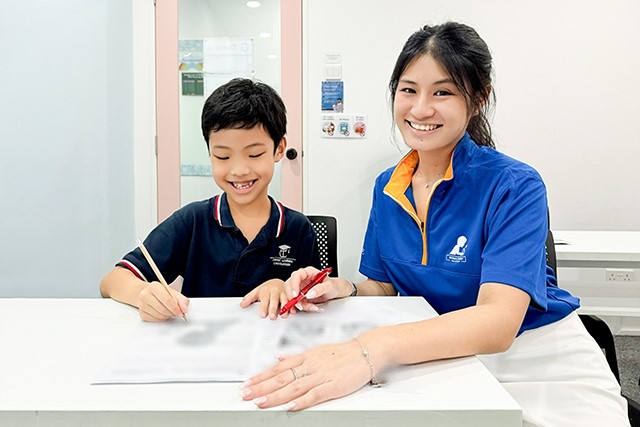



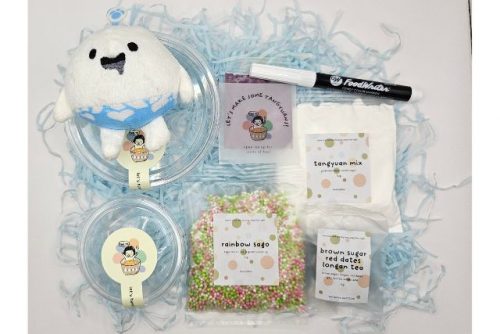



















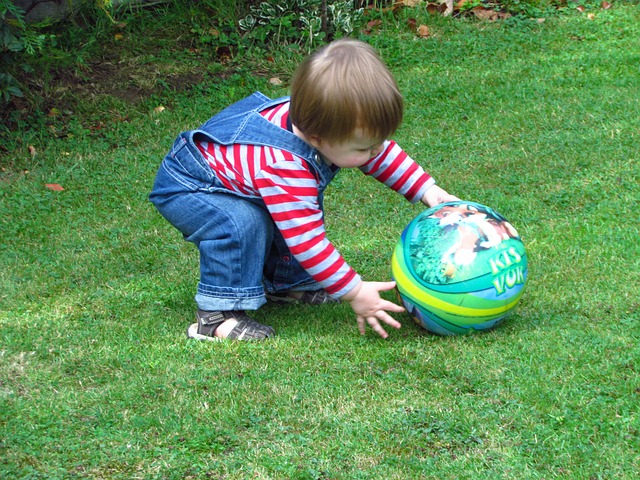






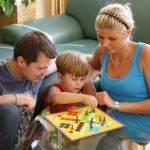
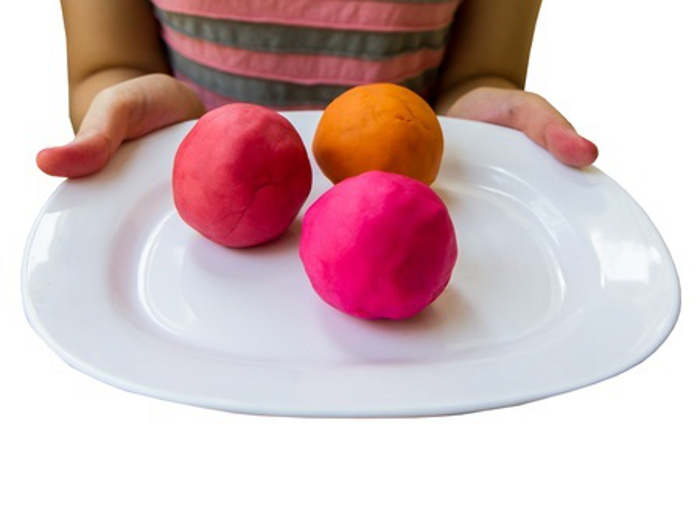
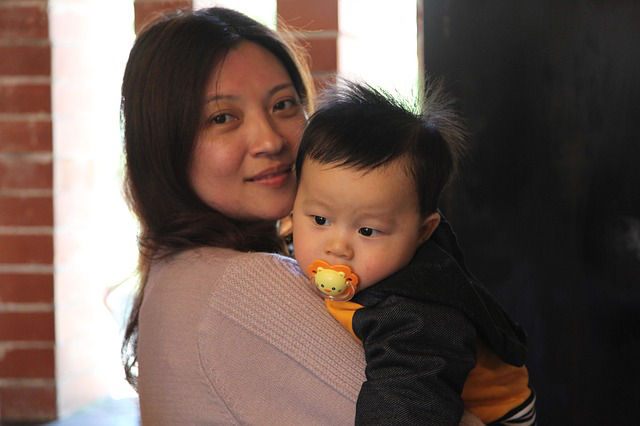









Leave a Comment: